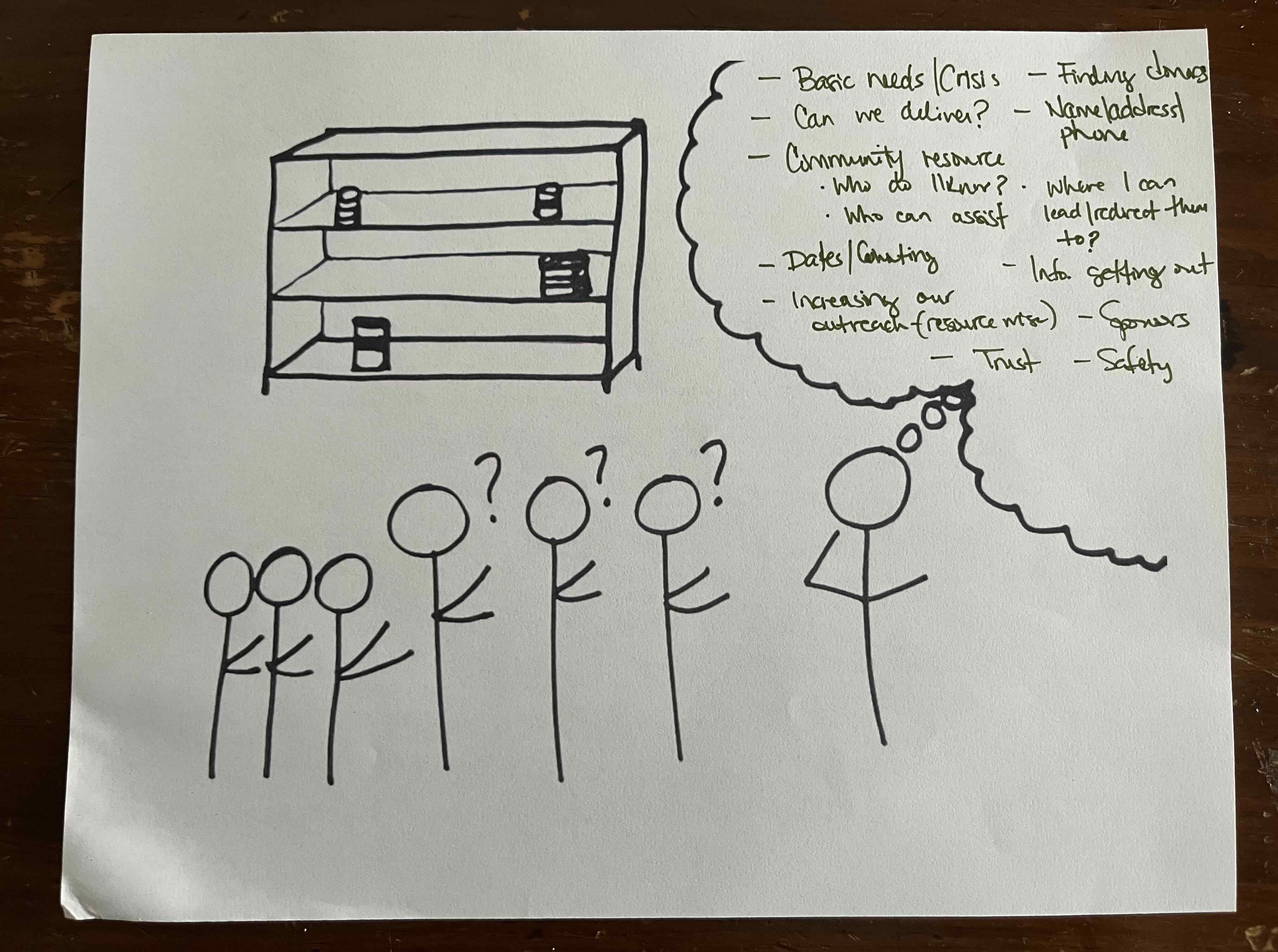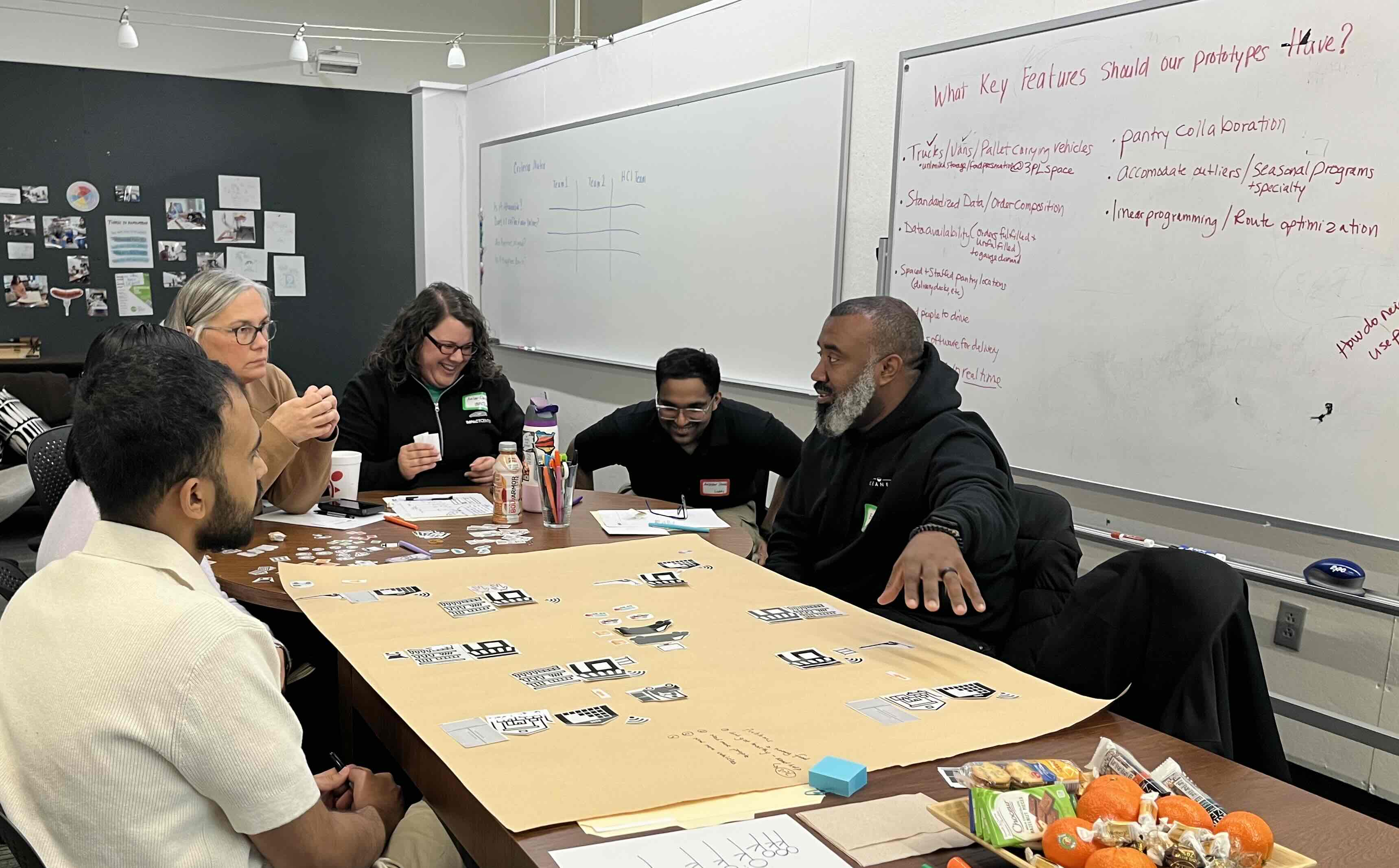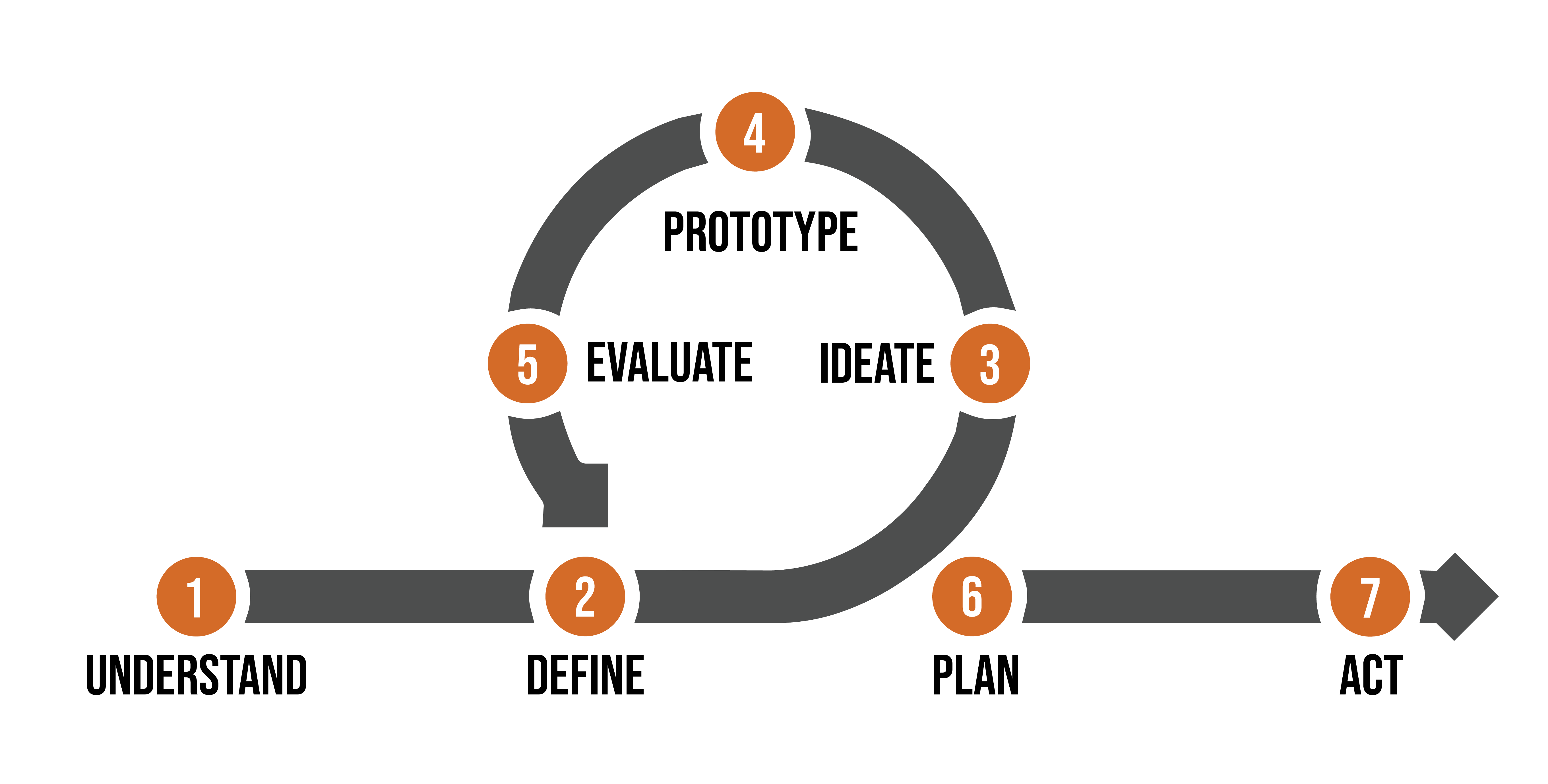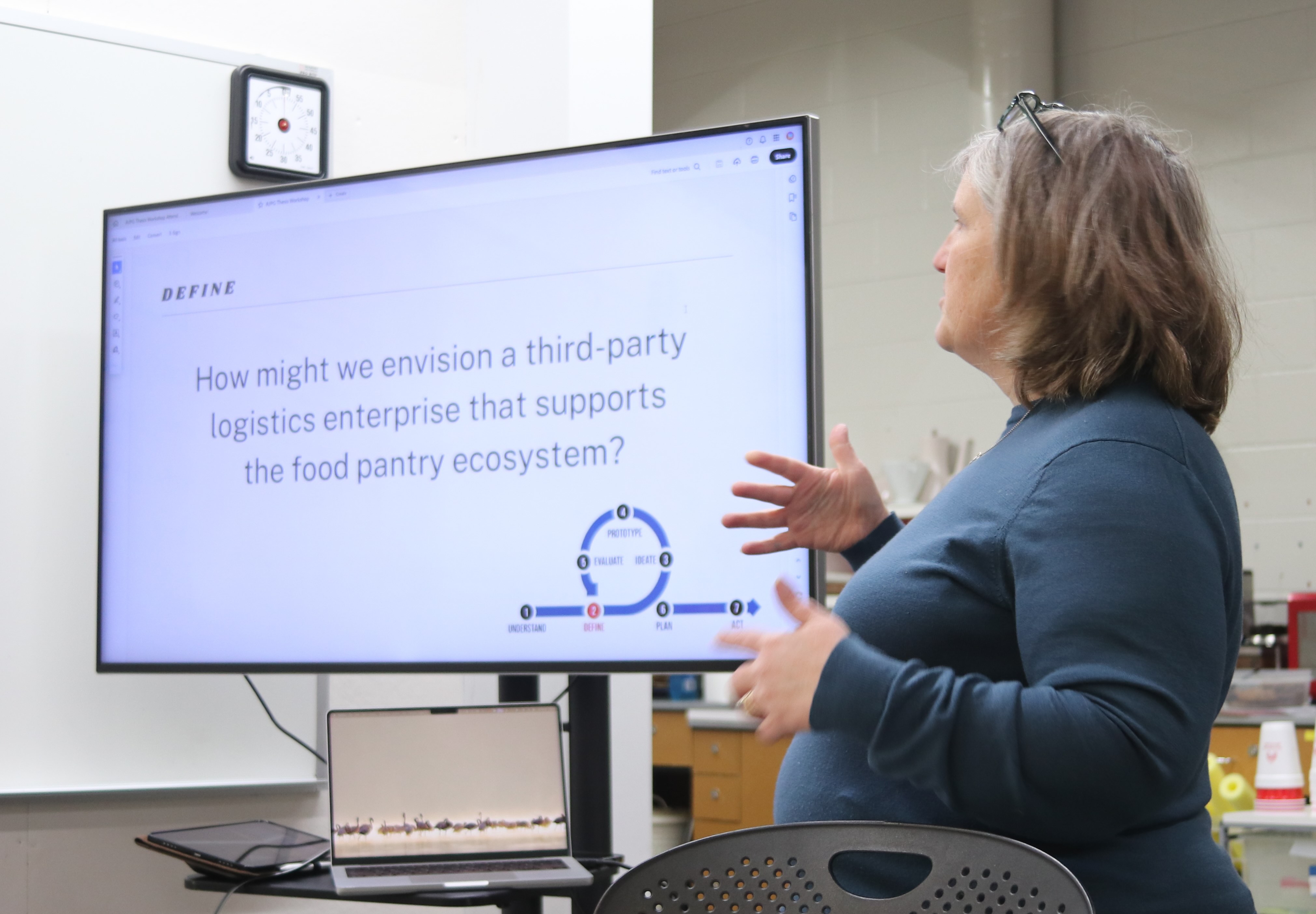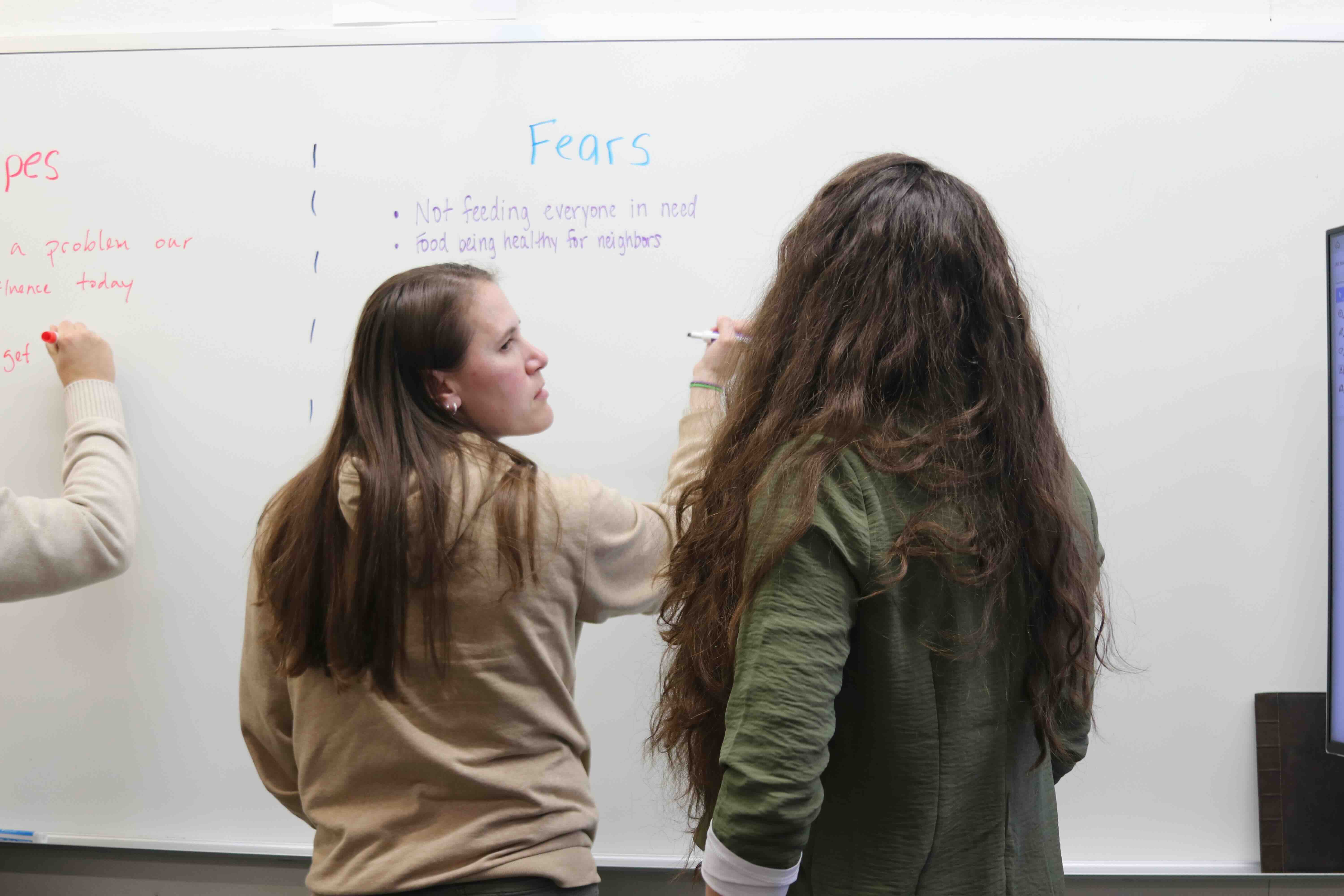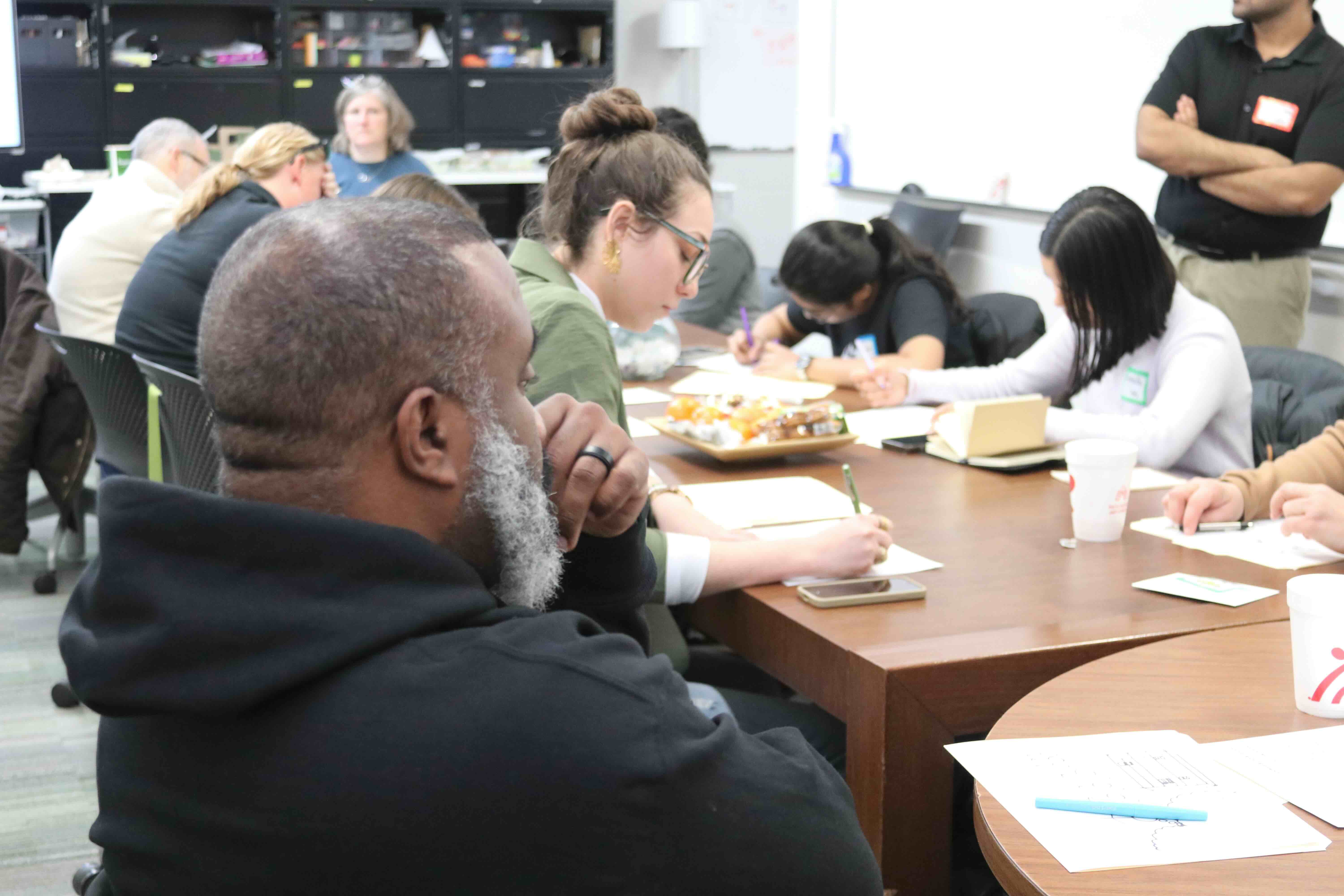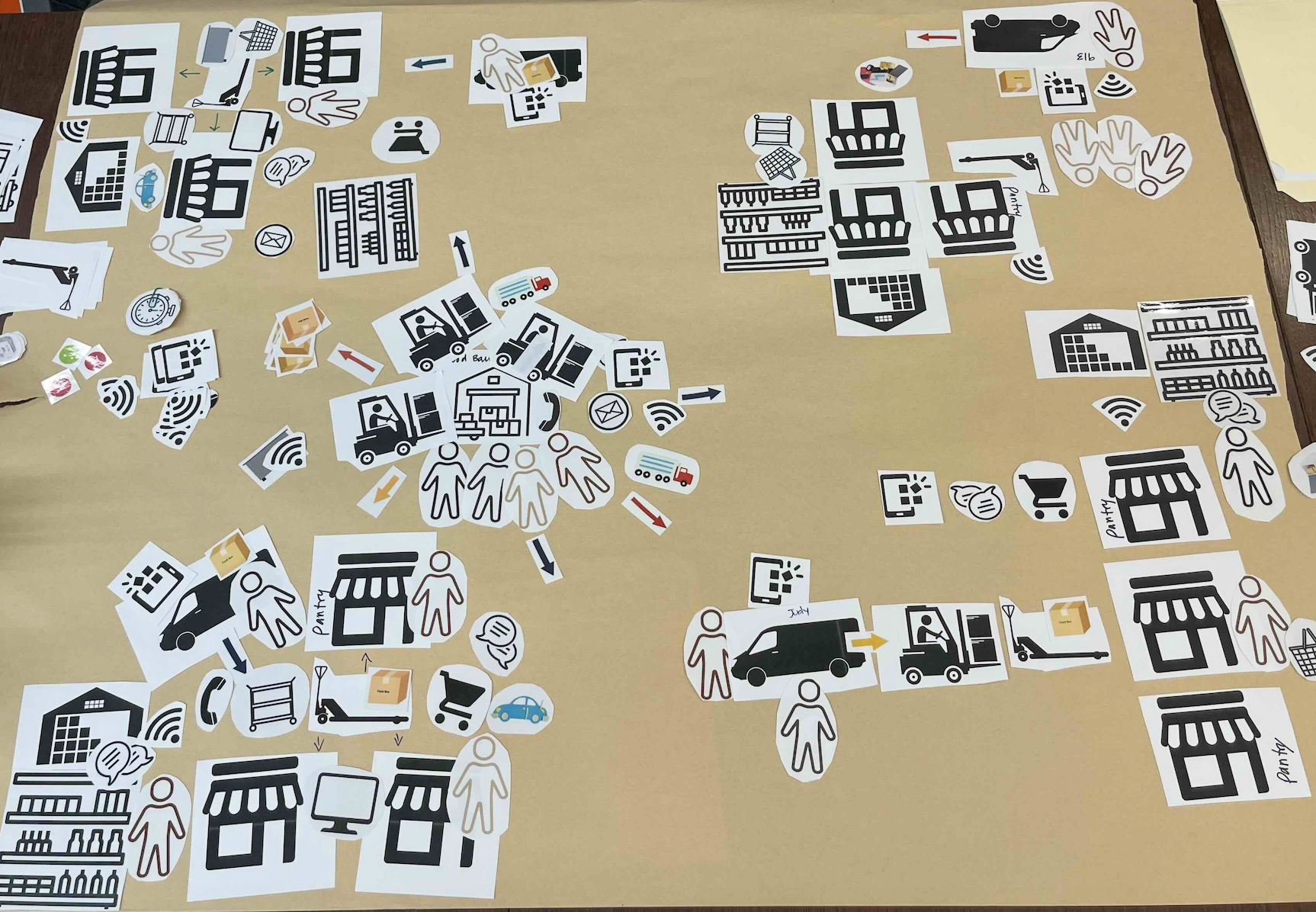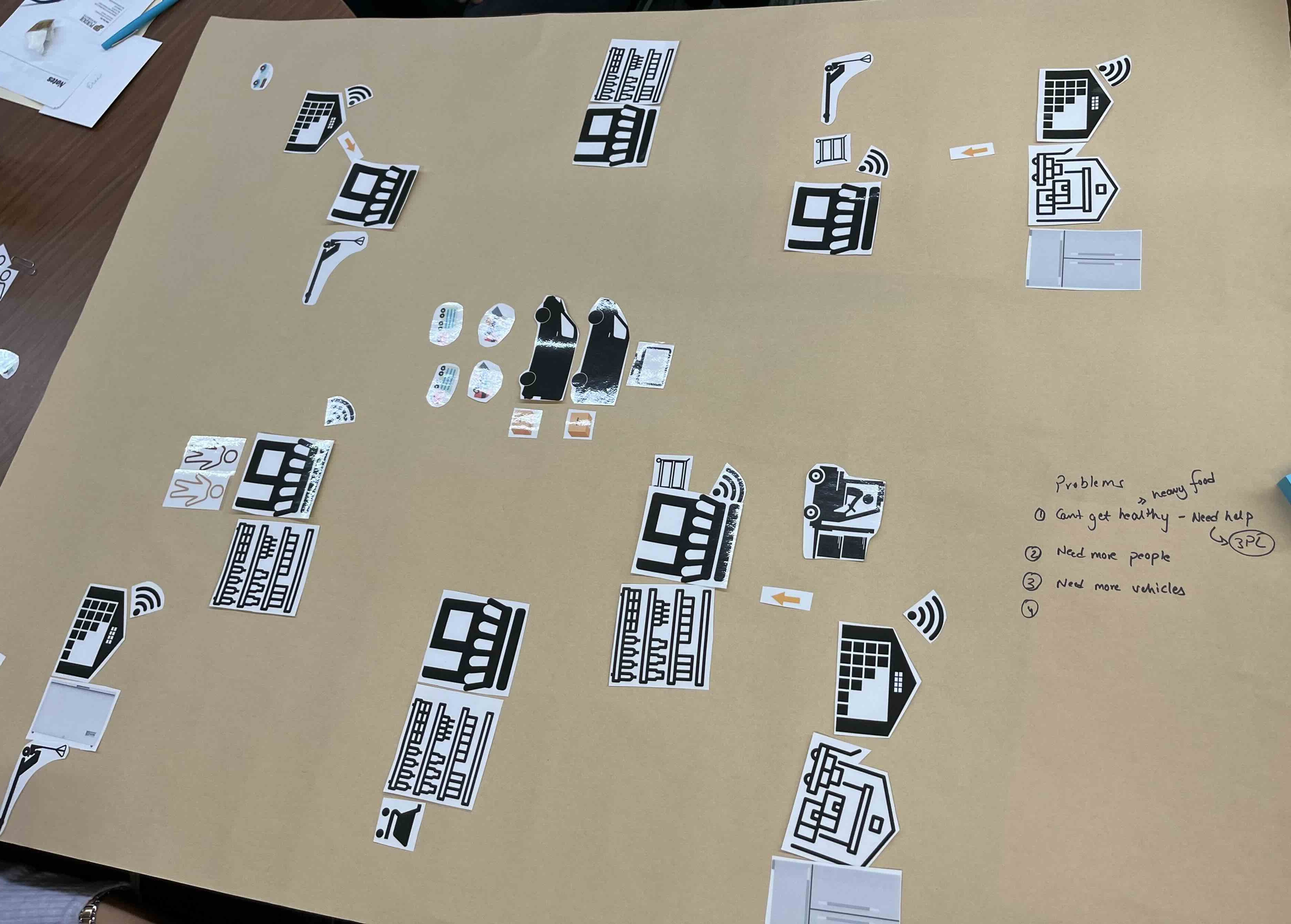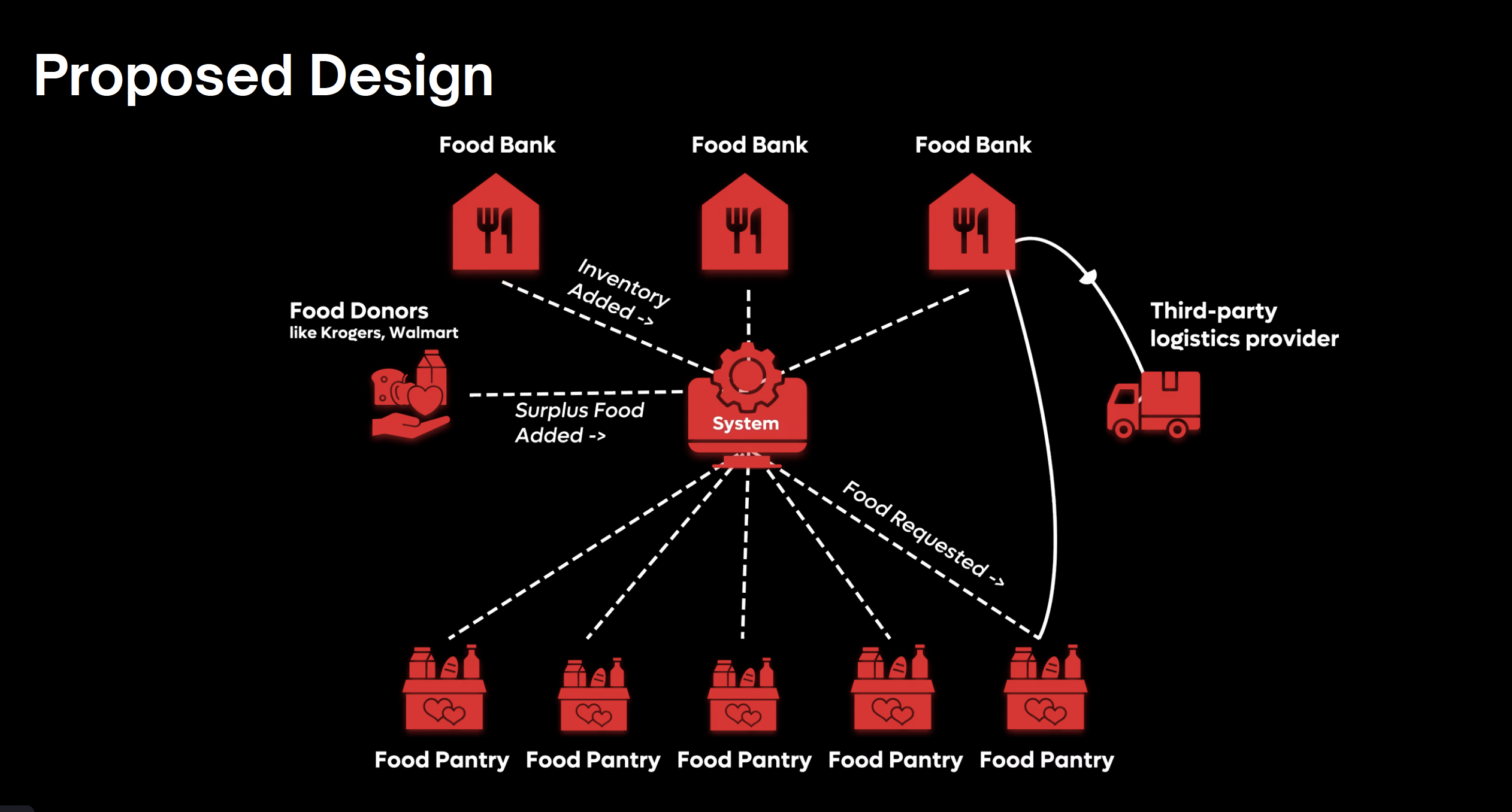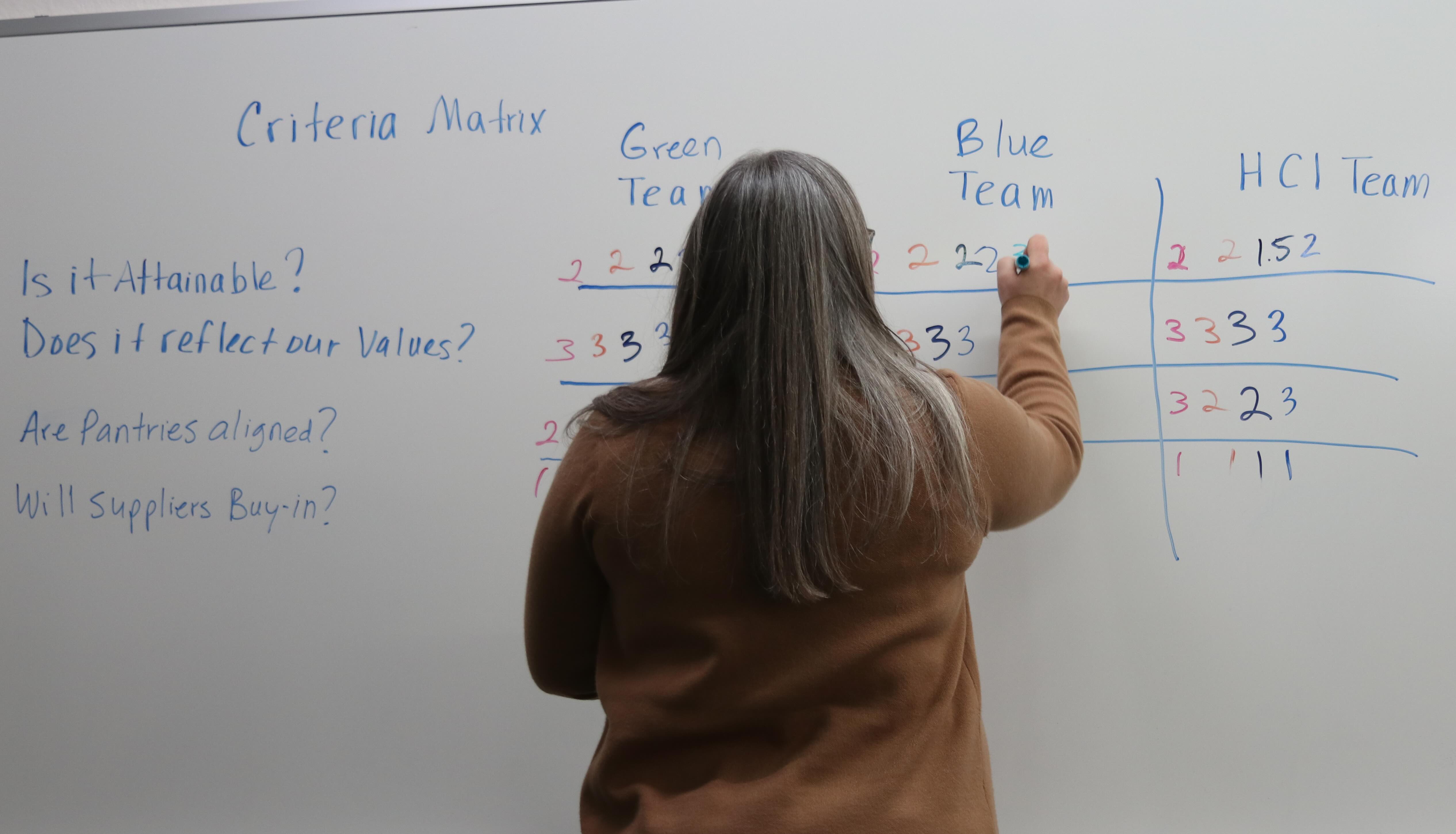+
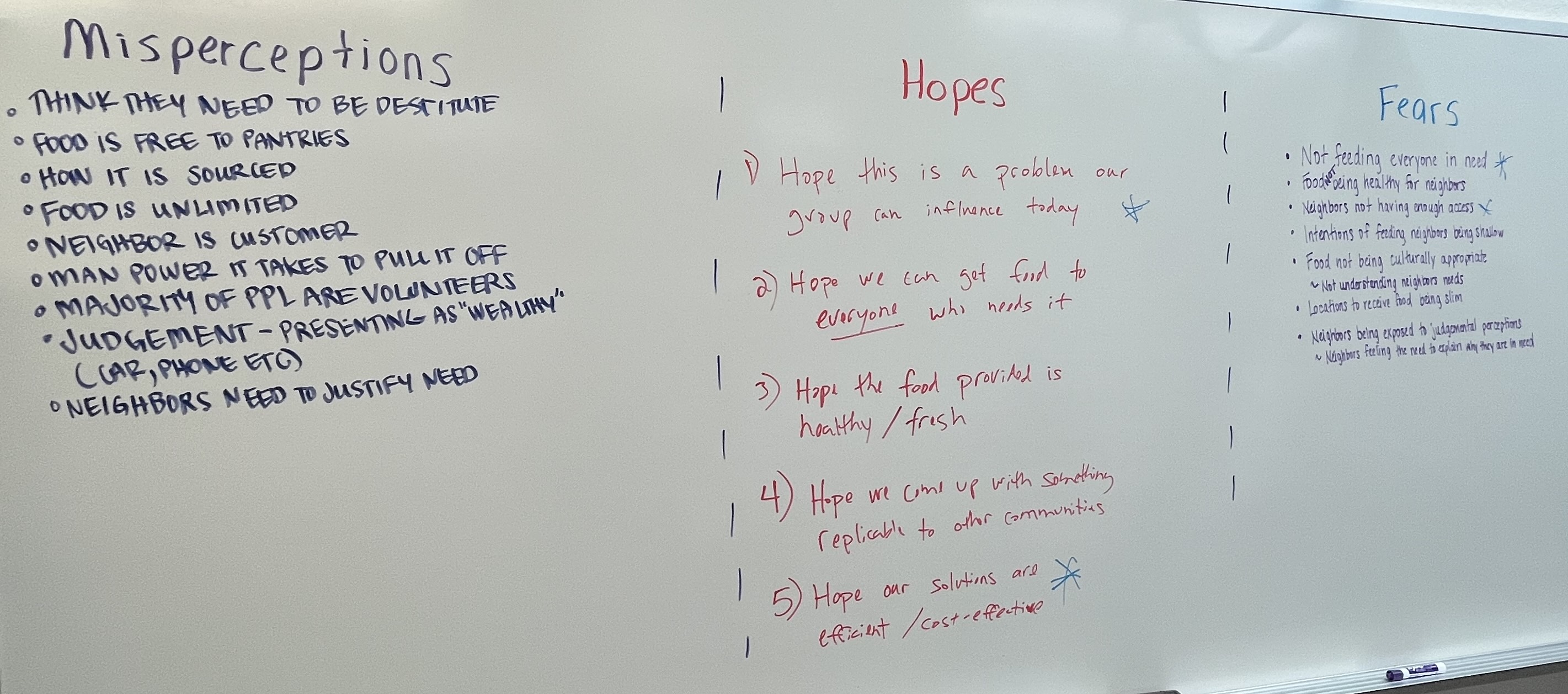
Why & HOW did we define our values?
Batya Friedman & David Hendry, authors of Values Sensitive Design: Shaping Technology with Moral Imagination say that "...within lived life, human values do not exist in isolation...Rather in the complexity of human relations and society, values sit in a delicate balance with each other." Our collective values inform how we will interact with one another, work together, and respond to the decisions we make together.
Believing work can best be accomplished when stakeholders' values are identified and aligned, we looked at the MISPERCEPTIONS people have about the food pantry industry, our FEARS about getting this work done well, and our HOPES for feeding people in Indianapolis. We used those thoughts and feelings to identify our shared VALUES, helping us understand not just our individual values, but what stakeholders across the entire food safety net value. This helped us to understand what values motivate the food pantry ecosystem and drive the behavior of the people who work in it.
